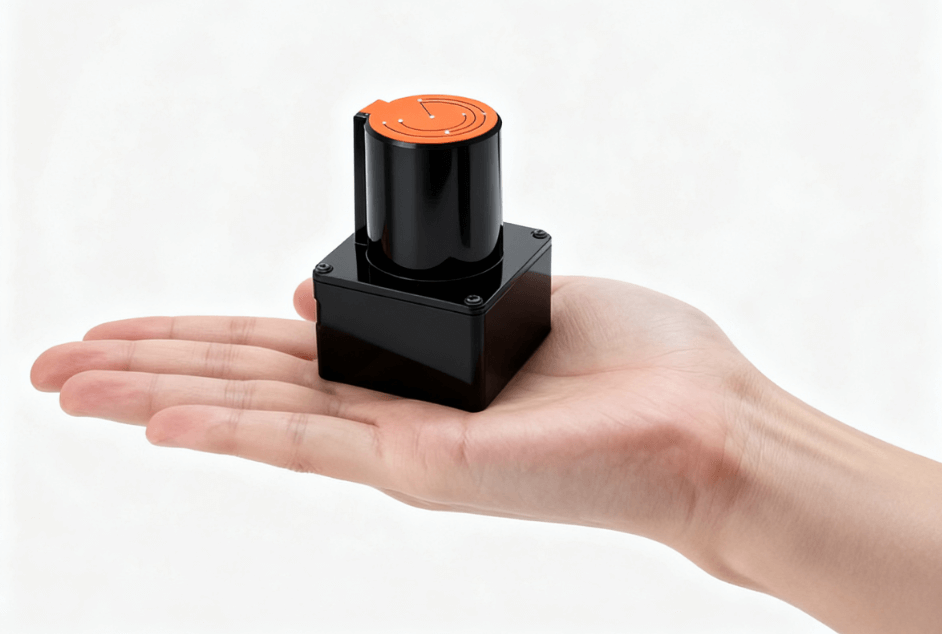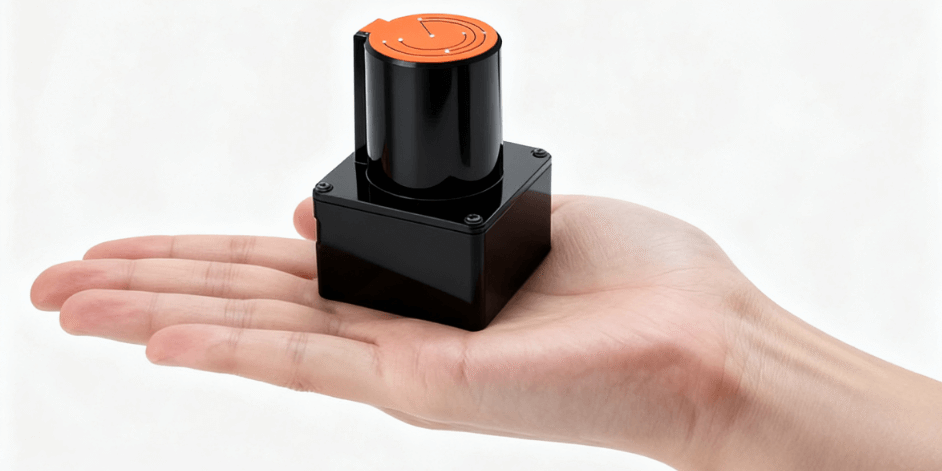Why LiDAR Touch Technology Is Replacing Traditional Touchscreens
In recent years, LiDAR (Light Detection and Ranging) technology has moved beyond mapping and autonomous driving to transform the way humans interact with digital content. Unlike traditional touchscreen systems that depend on physical contact, LiDAR touch systems use invisible light waves to detect motion, gestures, and multi-touch interactions in mid-air.
As a result, LiDAR touch is now widely adopted in interactive walls, exhibition displays, retail experiences, and educational spaces, offering a more natural, flexible, and contact-free way to engage with digital environments.

1. Breaking Free from Display Dependence
Traditional touchscreens rely on a fixed display surface — a constraint that limits size, shape, and installation flexibility.
LiDAR touch, however, changes the rules.
By projecting invisible infrared or laser-based detection fields into open space, LiDAR can create an interactive layer on any surface, including walls, floors, glass panels, or even water surfaces. This makes it possible to build immersive, frameless experiences that blend seamlessly into architectural spaces.
💡 Example: A museum can turn an entire wall into an interactive educational map, allowing visitors to explore content simply by gesturing — no physical screen required.
2. No Medium, No Limits: Touch in the Air
LiDAR touch systems completely eliminate the need for a physical touch medium.
Users can interact directly through the air, as LiDAR sensors detect motion in three-dimensional space with high accuracy.
This contactless capability not only enhances hygiene — especially valuable in public environments — but also delivers a smoother, more natural interaction experience.
3. Long-Range and Multi-User Capability
Depending on the model, LiDAR sensors support interaction radii from 4 to 30 meters, covering small displays or large-scale immersive walls.
Moreover, they can detect multiple touch points simultaneously, enabling several users to interact at once — perfect for group installations, exhibitions, and collaborative experiences.
🔹 Supports multi-user simultaneous interaction
🔹 High-precision multi-point tracking
🔹 Ideal for large-format digital installations
4. Strong Environmental Adaptability
Traditional infrared or capacitive touch screens often fail under strong lighting or irregular surfaces.
LiDAR, however, uses advanced anti-interference algorithms and infrared pulse reflection, ensuring accurate detection even in bright or complex lighting conditions.
This adaptability allows LiDAR systems to work indoors and outdoors, on flat or curved surfaces, and even through transparent or reflective materials — something traditional touch systems cannot achieve.
5. Compact Design, Easy Installation
Modern POE (Power over Ethernet) LiDAR sensors, like those from CPJ ROBOT, are designed with compact dimensions — typically 7×7×8 cm — allowing for discreet installation even in complex spaces.
They require minimal wiring, easy calibration, and offer standardized TUIO protocol compatibility, which ensures smooth integration with popular platforms such as UNITY3D, COOLUX, and VENTUZ.
This means shorter setup times, reduced maintenance, and greater creative freedom for designers and integrators.
6. Standardized Integration via TUIO Protocol
LiDAR systems transmit interaction data through the TUIO multi-touch communication protocol, an industry-standard format widely supported by leading interactive software.
This enables developers to easily incorporate LiDAR-based interactions into existing visual systems without complex coding or hardware changes.
7. Simplified Configuration and Reliable Signal Transmission
The LiDAR configuration interface allows users to quickly adjust detection zones, align coordinates, and fine-tune interaction regions.
Additionally, Ethernet transmission ensures stable, lossless signal communication up to 100 meters, enabling flexible system layouts and hidden equipment setups for a clean, modern aesthetic.
Comparison: LiDAR Touch vs. Traditional Touchscreen
| Feature | LiDAR Touch | Traditional Touchscreen |
|---|---|---|
| Interaction Method | Contactless in-air gestures | Physical touch on screen |
| Surface Dependence | Works on any surface | Requires display medium |
| Multi-User Support | Yes (multi-point simultaneous) | Limited |
| Environmental Resistance | Strong anti-light interference | Sensitive to light/reflections |
| Installation Flexibility | Compact and frameless | Fixed panel size |
| Maintenance | Low (no wear or dirt) | Screen damage & cleaning needed |
Why Businesses Are Switching to LiDAR Touch
Industries across entertainment, education, retail, and smart exhibitions are rapidly adopting LiDAR for its:
- Hygienic, contactless interaction
- Multi-surface compatibility
- High precision and responsiveness
- Easy integration with existing systems
- Enhanced audience engagement and immersion
With these advantages, LiDAR touch technology is quickly becoming the foundation of next-generation interactive environments.
FAQ: LiDAR Touch Technology
Q1: What is LiDAR touch technology?
A: LiDAR touch uses laser-based sensors to detect movement, gestures, and touch points in mid-air, allowing users to interact with projected or digital content without physical contact.
Q2: Can LiDAR touch systems work outdoors?
A: Yes. Thanks to strong anti-light interference and long-range detection, LiDAR touch systems can operate effectively in bright or outdoor environments.
Q3: How many users can interact at the same time?
A: LiDAR supports multi-user interactions with multiple touch points, depending on the model and configuration.
Q4: Does it require special software?
A: LiDAR systems communicate through the TUIO protocol, which is compatible with popular software like UNITY3D, VENTUZ, and COOLUX.
Q5: Is installation difficult?
A: Not at all. LiDAR sensors are compact and use simple Ethernet connections, making setup and calibration quick and easy.
Conclusion
LiDAR touch technology is redefining human-computer interaction. By removing the limitations of physical touchscreens, it brings flexibility, scalability, and creativity to interactive design.
As industries move toward immersive, contactless solutions, LiDAR is emerging as the clear choice for next-generation experiences.
Transform any surface into a smart interactive wall today
Partner with CPJ ROBOT, a leading manufacturer specializing in POE interactive LiDAR and reception/navigation robots.
With advanced sensing technology and customizable solutions, CPJ ROBOT helps businesses create truly engaging, touch-free digital experiences.







